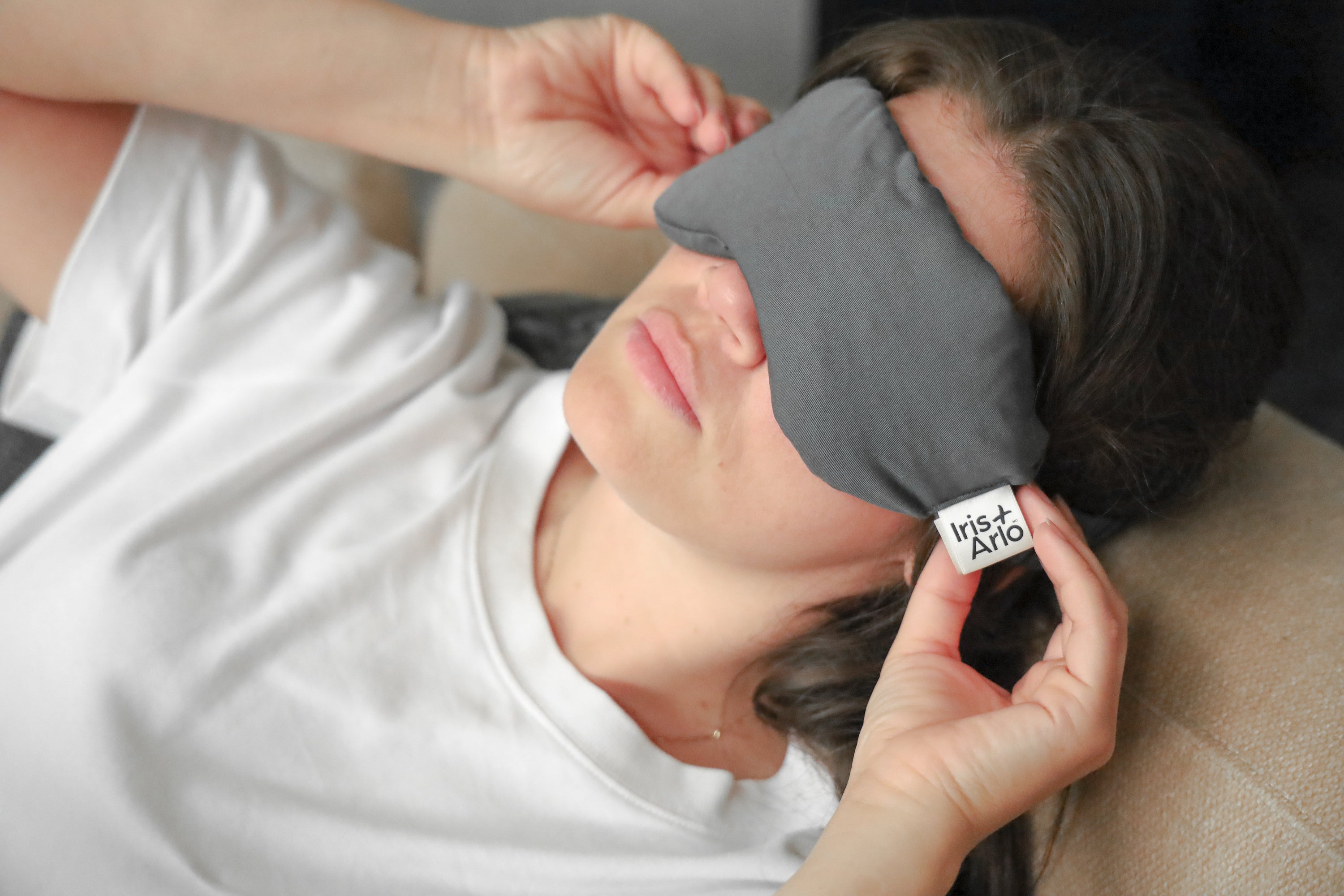Each month, abdominal pain can accompany the period, but what exactly makes these cramps so uncomfortable?
Menstrual cramps, also known as dysmenorrhea, are a common and sometimes painful experience for many people who menstruate. Each month, abdominal pain can accompany the period, but what exactly makes these cramps so uncomfortable? In this article, we’ll explore the science behind menstrual pain, the lifestyle factors that can make it worse, and practical ways to find relief.
What Causes Menstrual Cramps?
At the heart of menstrual cramps are compounds called prostaglandins, which are pro-inflammatory chemicals produced in the uterus.
During the menstrual cycle, the uterus builds up a lining (the endometrium) to prepare for a potential pregnancy. If pregnancy doesn’t occur, the uterus contracts to shed this lining. These contractions help expel menstrual blood, but higher levels of prostaglandins trigger stronger, more painful contractions.
It’s important to note that inflammation isn’t always “bad.” In fact, prostaglandins serve a purpose: they signal the uterine muscles to contract, regulate menstrual flow, and help prevent excessive bleeding. Still, when prostaglandin levels are high, the result can be severe cramps.
Lifestyle Factors That Can Make Cramps Worse
While prostaglandins are the main biological trigger, research shows that certain lifestyle factors can intensify menstrual pain:
Stress: Chronic stress disrupts hormones and increases inflammation, making cramps more severe. It’s also linked to irregular cycles and heavier bleeding.
Inflammatory foods: Diets high in processed snacks, sugary drinks, or salty junk foods are associated with stronger cramps. Occasional indulgence isn’t the issue, it’s what you eat regularly that matters most.
Smoking: Cigarette smoking promotes inflammation. Studies show that people who smoke 10–30 cigarettes a day are nearly twice as likely to experience painful periods.
Caffeine: Caffeine narrows blood vessels, restricting blood and oxygen flow to the uterus. High caffeine intake (especially coffee) has been linked to more intense cramps, irregular cycles, and worsened PMS.
Certain Medications: Drugs with vasoconstrictive effects (like some asthma inhalers, migraine medications, or stimulants such as Adderall) may worsen cramps. Always check with your doctor or pharmacist about side effects.
Lack of Sleep: Sleep regulates hormones. Studies show that less than six hours of sleep a night is strongly associated with severe cramps, while night-shift workers are more likely to have irregular cycles.

Natural Ways to Relieve Menstrual Cramps
When cramps strike, there are several strategies that may help:
-
Heat therapy: Using a heating pad, hot water bottle, or warm bath relaxes uterine muscles and reduces pain.
-
Stress management: Relaxation techniques like deep breathing, meditation, or gentle yoga can improve circulation and reduce muscle tension.
-
Light exercise: Walking, stretching, or swimming can boost endorphins — your body’s natural pain relievers, while improving blood flow.
-
Balanced nutrition: A diet rich in fruits, vegetables, whole grains, and lean proteins helps reduce inflammation. Limiting processed and high-sugar foods can also make a difference.
-
Herbal remedies: Plants like ginger (anti-inflammatory), peppermint and valerian (antispasmodic), or chamomile and raspberry leaf teas may help ease cramping. Matcha, rich in antioxidants and L-Theanine, can also support muscle relaxation while giving a gentle energy boost — making it a great option for preventing menstrual cramps. It’s best to consult an herbalist or healthcare professional before starting new remedies.
-
Supplements: Some studies suggest nutrients like magnesium or zinc may support uterine health and reduce prostaglandin production.
The Bottom Line
Menstrual cramps happen because the uterus contracts to shed its lining, but high prostaglandin levels, stress, diet, smoking, caffeine, and poor sleep can make the pain worse.
The good news is that cramps don’t have to control your cycle. From heat therapy and stress relief to nutrition and gentle exercise, there are many ways to find comfort. Everyone’s body is different, so it may take some trial and error to discover what works best for you. If cramps become severe or interfere with daily life, always consult a healthcare professional for personalized support.
For extra support during your period, we’ve curated tools and remedies in our Iris + Arlo Wellness Collection. Our therapeutic kit combines soothing essentials designed to relieve cramps and support comfort. For an energizing, relaxing boost, our matcha kit offers antioxidant-rich matcha and L-Theanine to help ease muscle tension and support your overall wellness.
Take care of your body, and let your cycle feel a little easier with tools designed with you in mind.




